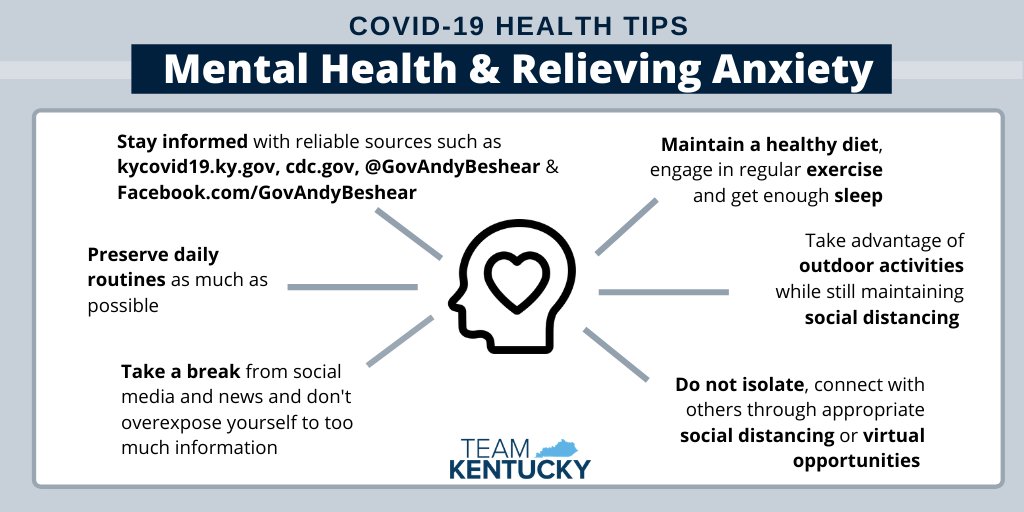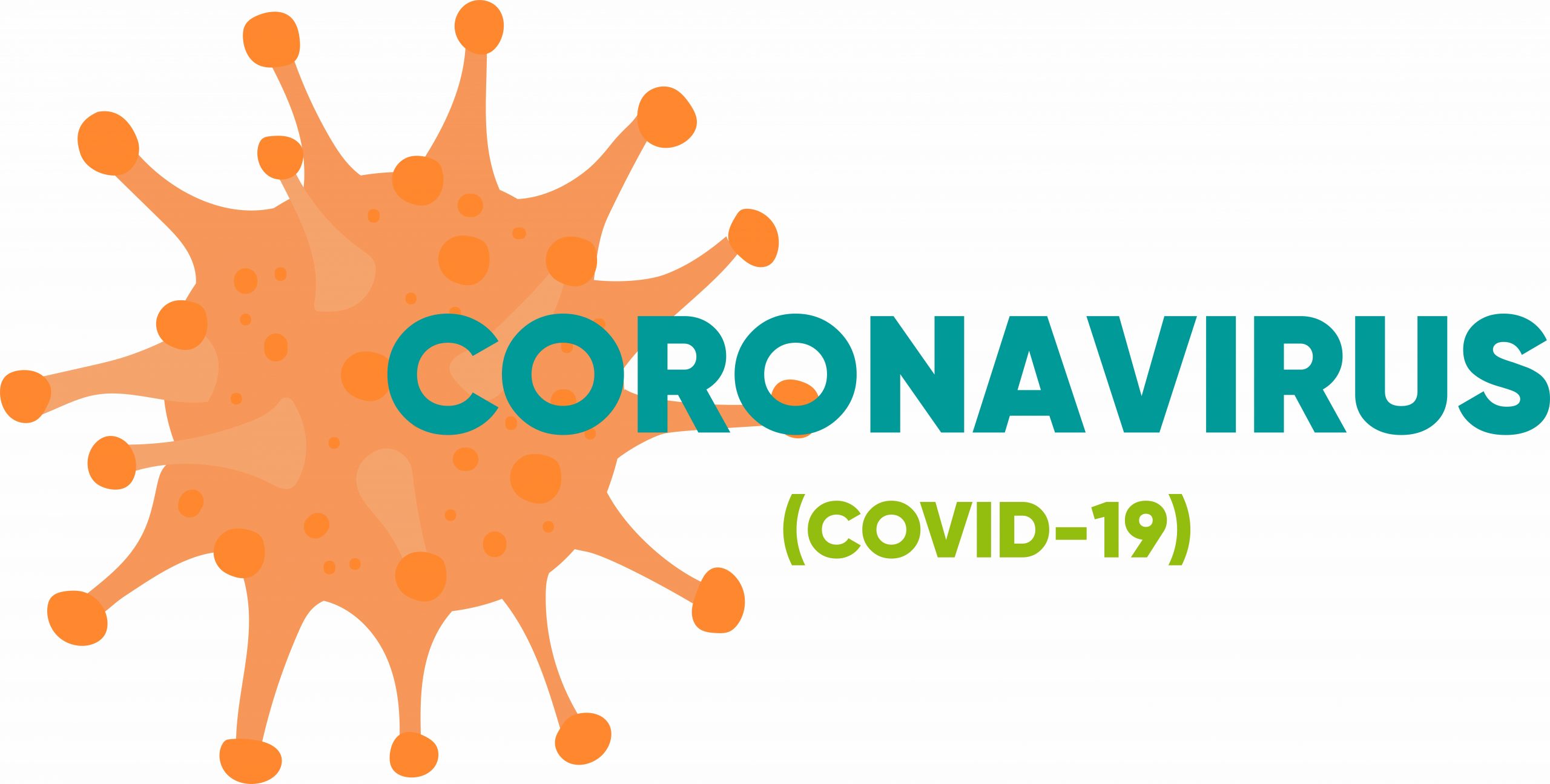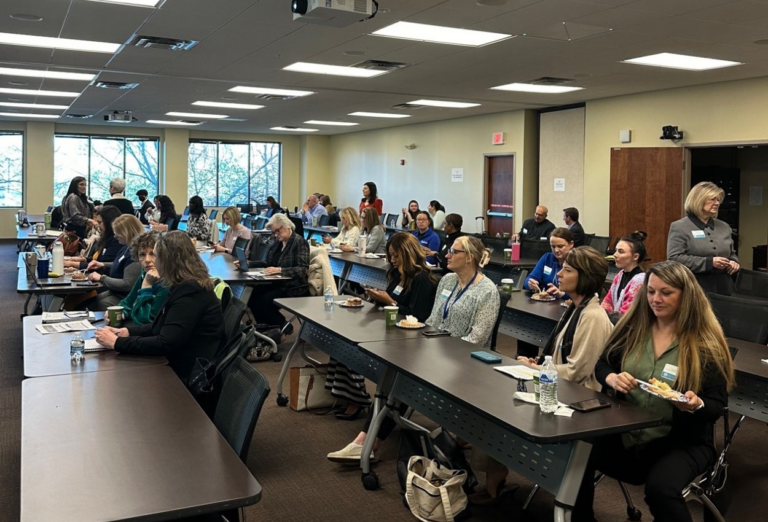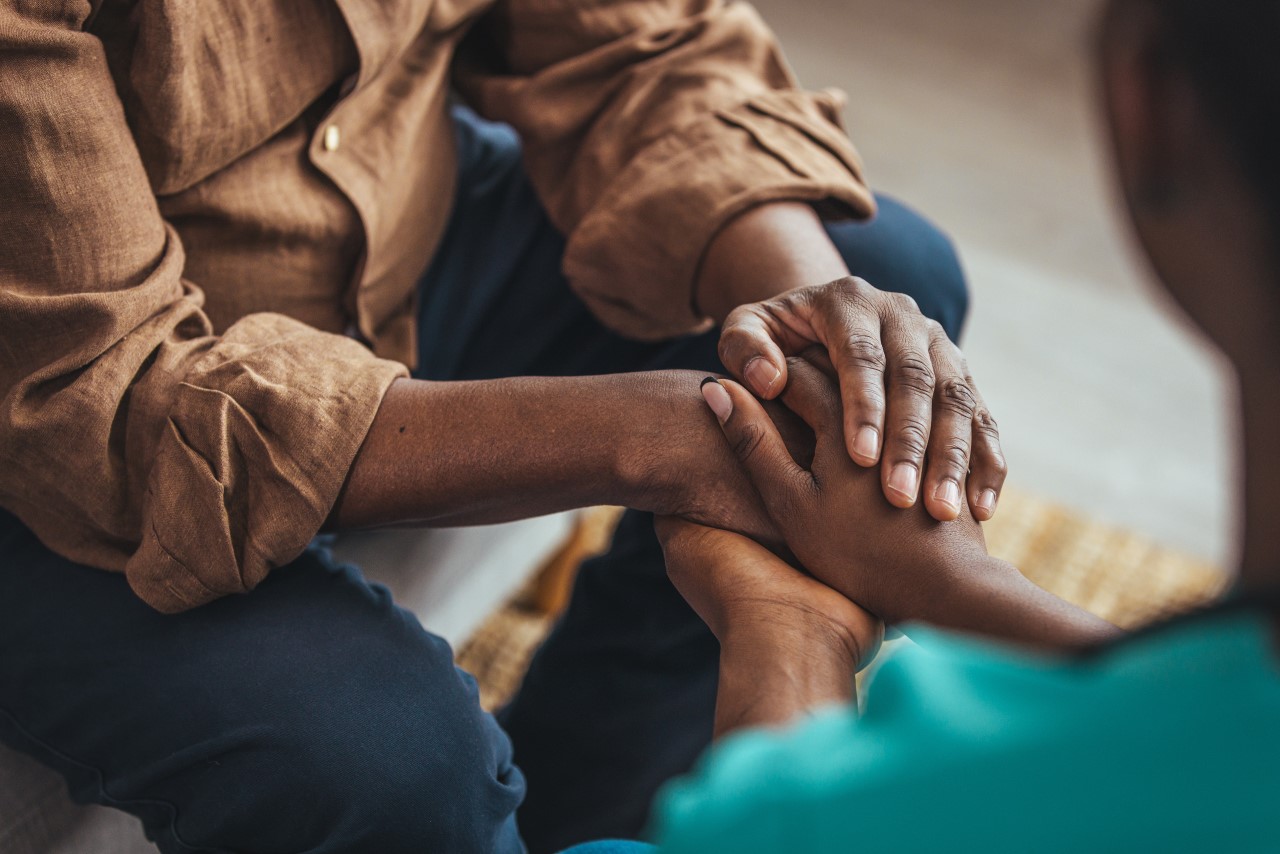One of my first exposures to the field of public health was the story of John Snow, the “Father of Epidemiology,” not to be confused with the wolf-friendly character from Game of Thrones. In 1854, London suffered from a cholera outbreak. The prevailing medical opinion was that the disease was spread by miasma, or “bad air” produced from rotting waste. John Snow, a physician, had other suspicions. By being one of the first to successfully implement epidemiologic principles of disease tracking, Snow was able to trace incidences of cholera back to a contaminated water pump that much of the city was drinking from. In an oversimplification of the situation, Snow removed the handle from the pump and the transmission of cholera was controlled.
The world has long experienced disease outbreaks such as this one; The Black Plague, Smallpox, H1N1, and Ebola are all commonly known. Each of these outbreaks has held valuable lessons for how we understand and approach the transmission of infectious diseases, as well as mitigate many of the societal consequences. As we find ourselves in the middle of a pandemic much unlike any of the outbreaks that we’ve seen in modern history, many of us may be finding that retroactively examining disease outbreaks may not provide as much comfort as one would hope. The spread of COVID-19 has conjured a myriad of feelings among the world’s population: fear, uncertainty, stress, loneliness, panic, and the list goes on. Day-to-day life has been significantly disrupted, and many of the systems and patterns that provide us security are unstable. Certain populations have been disproportionately vulnerable to the virus and/or the effects of infrastructure changes being made to control its spread.
Our New Normal
Although the coming weeks and months will remain questionable times for our world, some comfort can be provided by understanding this virus and what actions we can take together to prevent its spread. Here are some key questions about COVID-19 and guidance on what we can do as a community to stay informed and stop its spread.
What is COVID-19?
COVID-19 is disease caused by the 2019 novel, or “new”, coronavirus. Coronaviruses are a large family of viruses that can cause respiratory distress in humans and includes illness such as the common cold. Some types of coronaviruses are only transmitted between people, while others are transmitted only between animals, such as the canine or feline flu. Occasionally, animal coronaviruses can be transmitted to humans and then be spread to others. This is the suspected situation for COVID-19, as it has not previously been identified in humans.
How is COVID-19 transmitted?
As COVID-19 is a new virus, we are still learning much about its severity and how it spreads. Current understanding is that the virus is primarily spread through respiratory droplets produced when someone with the virus coughs or sneezes. It can be picked up by another person in two ways: those nearby can inhale these droplets through their nose or mouths or pick up the droplets by touching contaminated surfaces then touching their nose, mouth, or eyes. The former is thought to be the main mode of transmission.
What are the symptoms of COVID-19?
Symptoms of COVID-19 can range from mild to severe and include fever, cough, and difficulty breathing. The “incubation period”, or time between exposure and symptom presentation, can be two to 14 days, although most people show symptoms around five days. Some people can have the virus but not show symptoms. This is called being “asymptomatic.” Even when not showing symptoms, these individuals can still transmit the virus to others. This is why it is important for all people to following community and personal prevention measures in order to slow the spread, not only those who are susceptible or already sick.
How can COVID-19 be prevented?
The best way to prevent COVID-19 is to avoid being exposed to the virus. Currently, there is no vaccine available.
Until further notice, all people should be participating in the following personal prevention measures:
- Practice social distancing (staying six feet away from others)
- Do not attend gatherings with more than 10 people
- Avoid touching the eyes, nose, and mouth
- Restrict all non-essential travel
- Regularly wash hands with warm soap and water for at least 20 seconds, especially after touching public surfaces and sneezing, coughing, or blowing your nose and before eating. If soap and water are not available, hand sanitizer with at least 60% alcohol can temporarily substitute.
- Clean and disinfect commonly touched objects and surfaces including but not limited to tabletops, door handles, keys, cell phones, or other electronics.
Until further notice, all businesses and organizations should be participating in the following community prevention measures:
- Cancel, postpone, or virtually hold gatherings with more than 10 people
- In gathering with less than 10 people, practice social distancing and provide opportunities and materials for hand washing and sanitization
- Restrict all non-essential travel
- Implement regular and complete environmental sanitation measures as recommended by the Centers for Disease Control and Prevention (CDC).
- Allow employees to work from home. For those who’s duties cannot be fulfilled remotely, provide paid sick leave or direct employees on how to receive unemployment services.

May of these measures are difficult adjustments for people to make. The circumstances of this situation are anxiety producing, and many of these measures promote isolation and reduce the daily activities that we rely on for purpose and pleasure. During this time, it is equally as important to take care of mental health as it is physical.
What should someone do if they think they have COVID-19?
Diagnosis of COVID-19 requires testing and is a reportable disease in the state of Kentucky. If someone is presenting with symptoms of COVID-19, it is most important they stay home except to receive medical care. As they are able, they should isolate themselves from other people in their home to reduce the likelihood of exposing them to the virus. Before seeking medical care, they individual should call their local healthcare provider or local health department, who can provide addition guidance. If someone is unsure of next steps, the Kentucky COVID-19 Hotline can provide guidance at 1(800) 722-5725. It is important to contact these groups prior to visiting because the person suspected of having the virus may spread it to others en route. Additionally, the volume of people contracting COVID-19 and requiring in-facility medical care has the potential to overwhelm our healthcare system. Those who are able to recover from the disease at home while in self-isolation should do so.
If someone who is older or has underlying health conditions is presenting symptoms, they should contact their health provider sooner rather than later. COVID-19 affects these populations more severely.
Currently, there is no recommended medicine to treat or prevent COVID-19. Those who are infected can receive care to alleviate symptoms, treat co-occurring conditions, and provide comfort. Most mild cases can be treated at home, while those with more severe cases may be require hospitalization.
What resources are available for the community during this time?
Local, state, and federal organizations are working in real time to leverage resources for the community and provide relief for people who have been negatively impacted. To stay up to date, the following sources are trusted places to find information:
- World Health Organization
- Centers for Disease Control and Prevention
- Kentucky Cabinet for Health and Family Services
Looking Forward
The scope of COVID-19’s repercussions is much larger than is presented here. The aftermath of the outbreak is likely to fundamentally change how we as individuals, communities, and organizations operate and interact. It can be difficult to look beyond the news of economic hardship, failing health of loved ones, and upheaval of infrastructure. However, a lesson that we can hold onto from past outbreaks is that we will continue to learn, adapt, and respond, eventually bringing it to an end.
“When I was a boy and I would see scary things in the news, my mother would say to me, ‘Look for the helpers. You will always find people who are helping.’” This quote from Fred Rogers is frequently circulated during times of hardship, and for good reason. COVID-19 is a scary thing, but the helpers are everywhere you look: healthcare workers on the front lines of caring for those who are infected, employees of businesses continuing to provide essential services to the community, policymakers and public health leaders who are working to provide information and relief, and the neighbors lending a helping hand to those who are at higher risk.
During this time, we all have a personal responsibility to stop the spread of COVID-19. Using the information presented here and relying on trusted sources of information can help any community member be prepared to fulfill this responsibility. Beyond a personal responsibility, we all also have an opportunity to consider how we might also be helper during this scary time. As the lessons of this outbreak persist in our history, let also the lessons of how we can be the helpers in our community.






